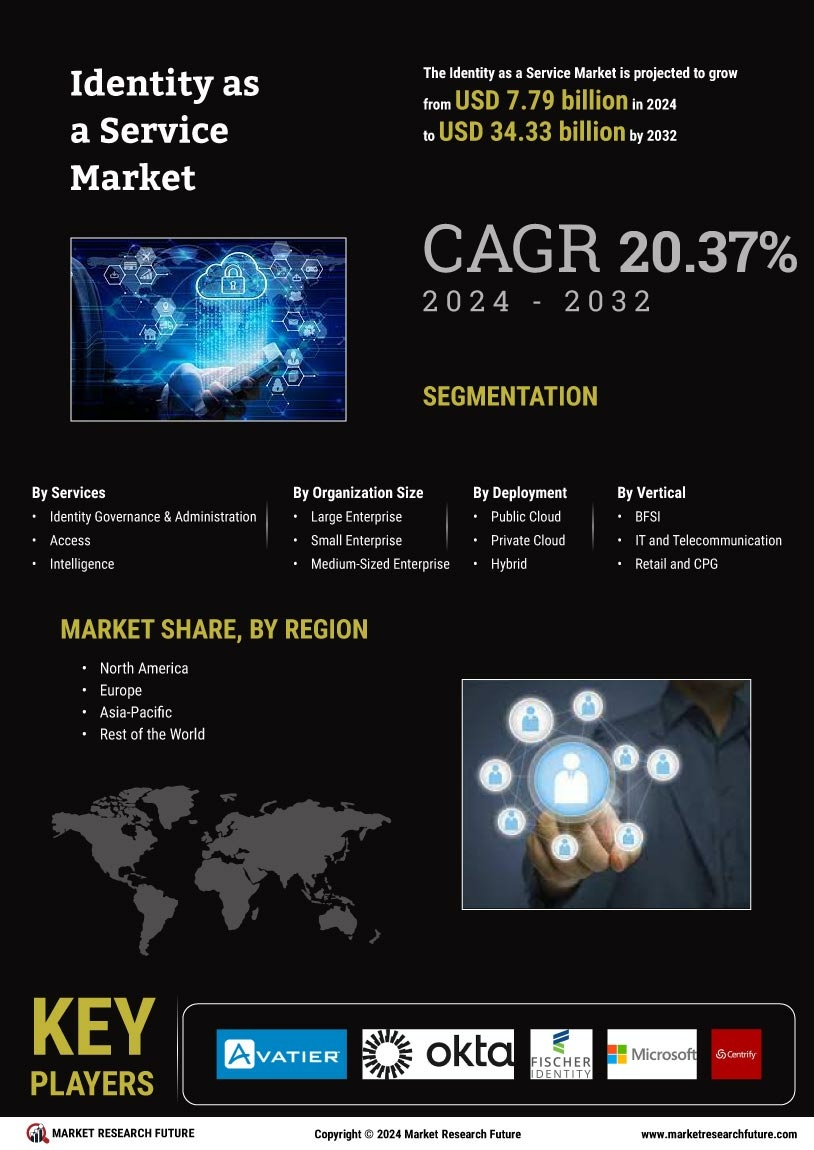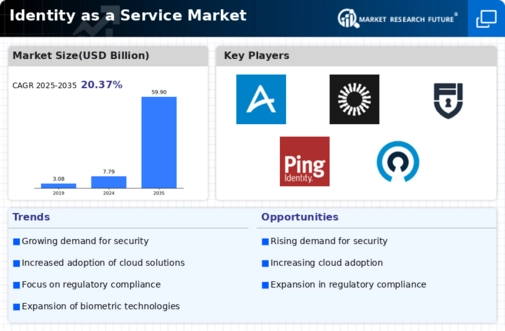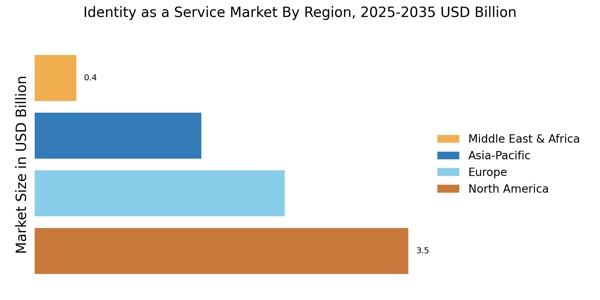Leading market players invest heavily in research and development to expand their product lines, which will help the Identity as a Service market grow even more. Market participants are also undertaking different strategic activities to expand their footprint, with important market developments including new product launches, contractual agreements, mergers and acquisitions, higher investments, and collaboration with other organizations. To expand and survive in a more competitive and rising market climate, Identity as a Service industry must offer cost-effective items.
Manufacturing locally to minimize operational costs is one of the key business tactics manufacturers use in the Identity as a Service industry to benefit clients and increase the market sector. In recent years, the Identity as a Service industry has offered some of the most significant advantages.
Major players in the Identity as a Service market, includingAvatier (US), Okta, Inc. (US), Microsoft Corporation (US), OneLogin, Inc (US), Fischer Identity (US), Centrify Corporation (US), Oracle Corporation (US), iWelcome (Netherlands), Ping Identity (US), LoginRadius (Canada), VMWare (US), IDaptive, LLC. (US), empowered (US), Ubisecure, Inc. (Finland), and others are attempting to increase market demand by investing in research and development operations.
A ping is a software tool used in computer network administration. Its purpose is to test whether an Internet Protocol network host is reachable. This utility is compatible with nearly all operating systems with networking capabilities, including most embedded network administration software.Recently, Ping Identity introduced a new product called PingOne DaVinci. This product is designed to be compatible with multiple vendors, allowing businesses to combine and coordinate identity services from various suppliers. PingOne DaVinci offers a wide range of pre-built connections (more than 100) for different identification, IT, and automation services.
Okta, Inc. is a San Francisco-based company specializing in identity and access management solutions. Their cloud software assists businesses in effectively managing and securing user authentication for applications and helping developers incorporate identity controls into applications, website web services, and devices.Recently, Okta has made improvements to its product, Okta Workflows. These enhancements have expanded the range of identity automation use cases it can address beyond just Lifecycle Management capabilities. The updated features now include advanced security orchestration and DevOps, which enable customers to accelerate innovation and automate identity procedures.


















Leave a Comment